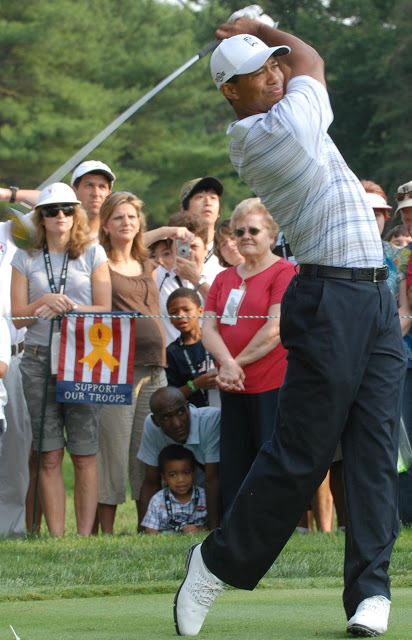Saving Your Back and Your Pocketbook: Golf Ball Retrievers are a Golfer’s Best Friend
Out of all the sports known to man, golf is the least aggressive and the least violent. Yet, every year professional golfers suffer serious injuries, some that threaten to remove them from the game forever. In 2014, Tiger Woods, formerly the world’s top golfer, had surgery to repair a pinched nerve in his back. In 2015, he underwent a second microdiscectomy surgery with a follow-up procedure on his back. And this year, he had fusion surgery on his back as well.
After these, and other procedures, the golfer told reporters that he is unsure if he will ever play competitive golf again.
Back Pain: The Cost of Golf
According to Spine-Health, golfers can be afflicted by three different forms of back injury. First is muscles strains which “typically occur with rough or forceful golf swings or a sudden shift during the downswing.” Second, is muscle and tendon attachment which “generally occur due to excessive use, accidents, or swing abnormalities while playing golf.” Third, is disc injuries which also “occur from swinging abnormalities.” Additionally, low back pain and back injuries occur frequently because of repetitive bending over to pick up golf balls and line up shots.
Getting back injuries treated can be an extremely costly procedure. Spinal fusion surgery, such as what Tiger Woods had to undergo, can cost from $100,000 to $115,000. While Woods, who has 79 PGA Tour wins and has been one of the highest-paid athletes in the world for years, can easily handle such a cost, the everyday golf enthusiast or the occasional leisure golfer who can’t hire a personal caddy (or who doesn’t have an enthusiastic grandchild who loves chasing balls) won’t be able to. So what can be done?
Golf Ball Retrievers Help Eliminate Back Pain
Well, there is a tool that eliminates the constant need to bend over while playing — the golf ball retriever. The best golf ball retrievers allow you to only have to exert your arm and your hand to pick up golf balls — not your back. They typically run in the $15 range and can easily be ordered online or at many golf shops. Golf ball retrievers are usually extendable — they can extend from six feet to up to fifteen feet, ensuring that a stray golf ball is never outside your reach. They are conveniently foldable and easy to carry. Getting golf balls out of water holes or sand traps is a lot easier with a retriever.
If you are experiencing low back pain (and even if you aren’t), Spine-Health recommends that golfers stretch between playing sessions and carry out “a low-impact aerobic exercise program, such as walking for 30 to 40 minutes every other day.” Aerobic exercise keeps your muscles limber and allows for ease of movement on the golf course. If you fear that you have injured your back from playing golf, the best thing you can do is see a doctor as soon as possible.
Following these steps can save you a lot of money and a lot of pain. And they will allow you to keep playing the game you love.
